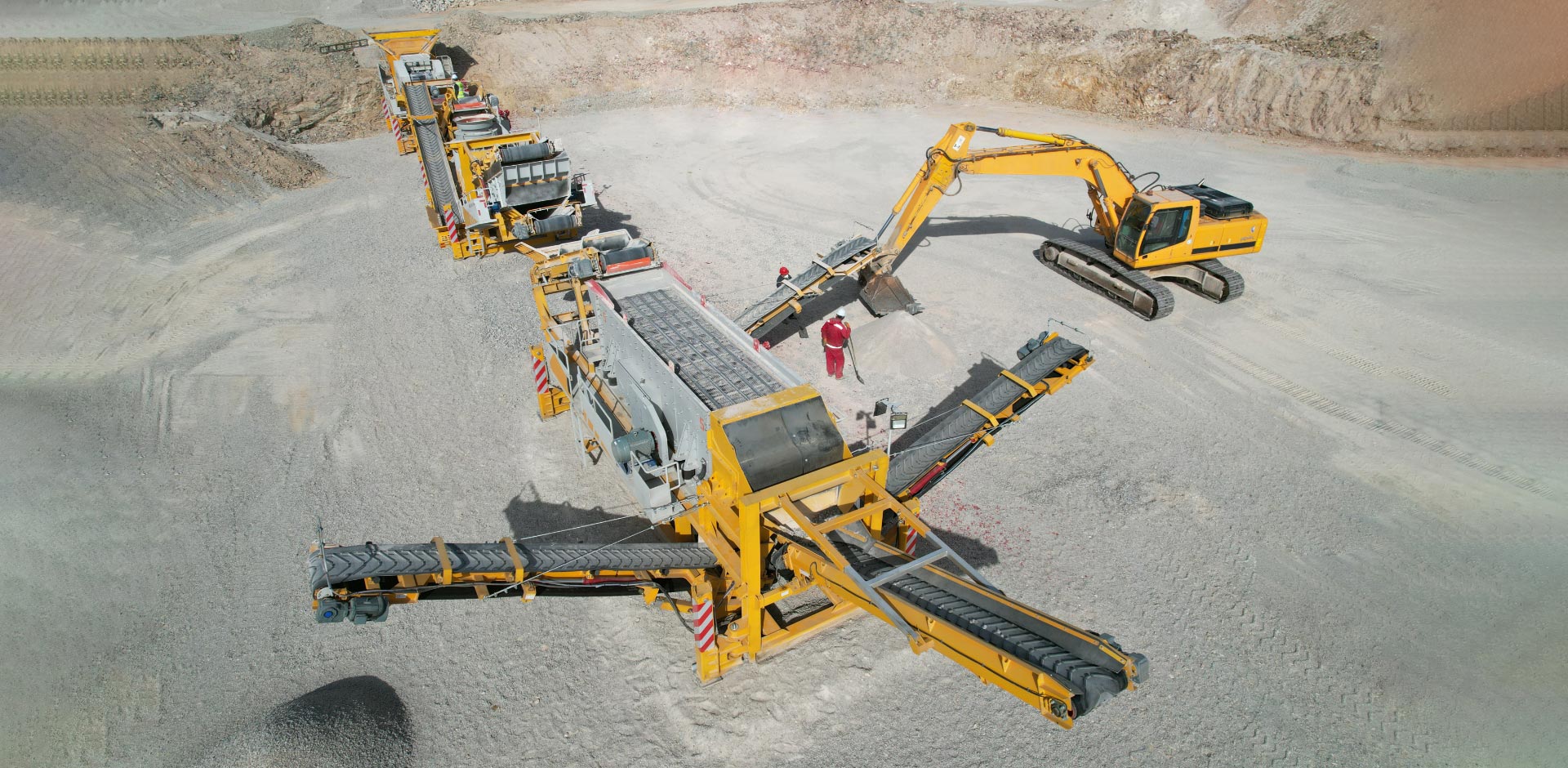Selecting the ideal site for a quarry crushing plant is a critical decision that sets the foundation for successful operations. The site’s characteristics directly impact the efficiency, productivity, and environmental sustainability of the plant. In this comprehensive guide, we delve into the intricacies of quarry crushing plant site selection, exploring the factors that influence this crucial decision-making process.
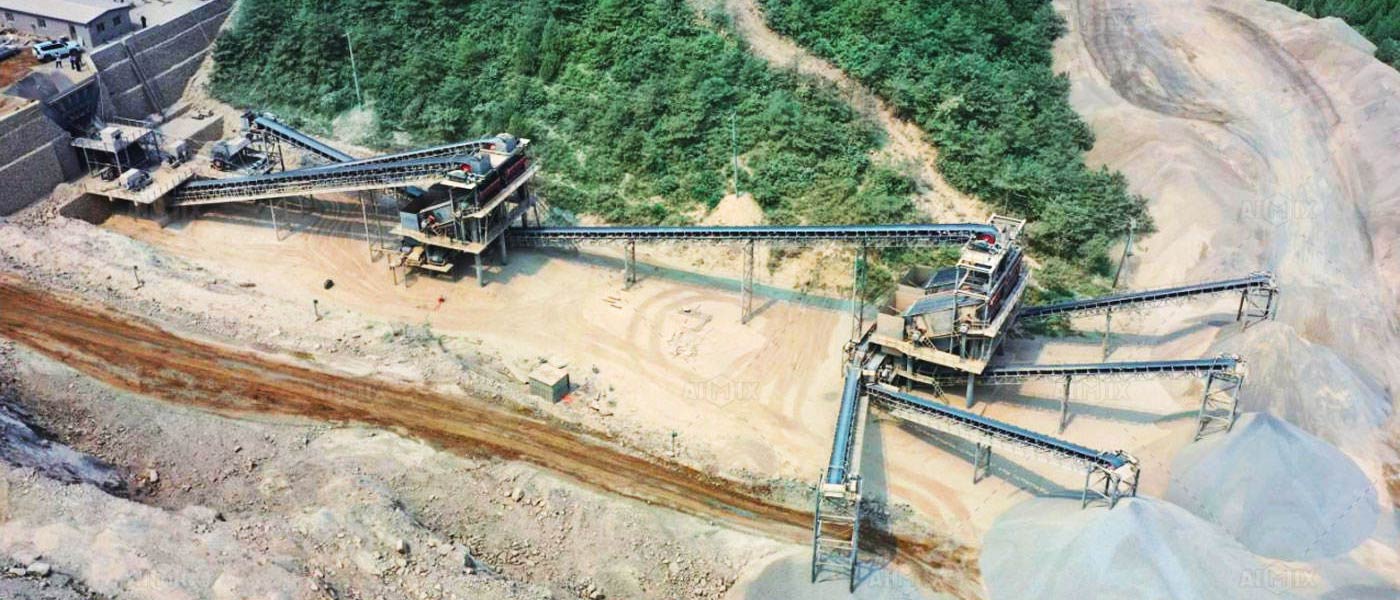
<h2>Geological Considerations</h2>
The first step in site selection for a quarry crushing plant involves a thorough understanding of the geological composition of the area. Conducting a comprehensive geological study helps identify rock types, their quality, and structural characteristics. This information is vital in determining the suitability of the site for quarry operations.
The analysis of rock types allows quarry operators to assess the availability and quality of the desired aggregates. Understanding the composition and properties of the rocks helps optimize gravel crushing processes, ensuring the production of high-quality materials that meet industry standards and customer requirements.
Furthermore, a geological study aids in identifying potential hazards and risks associated with the site. This includes the presence of unstable rock formations, fault lines, or geological features that may pose safety concerns. By identifying these risks early on, appropriate measures can be taken to mitigate them, safeguarding the workforce and minimizing operational disruptions.
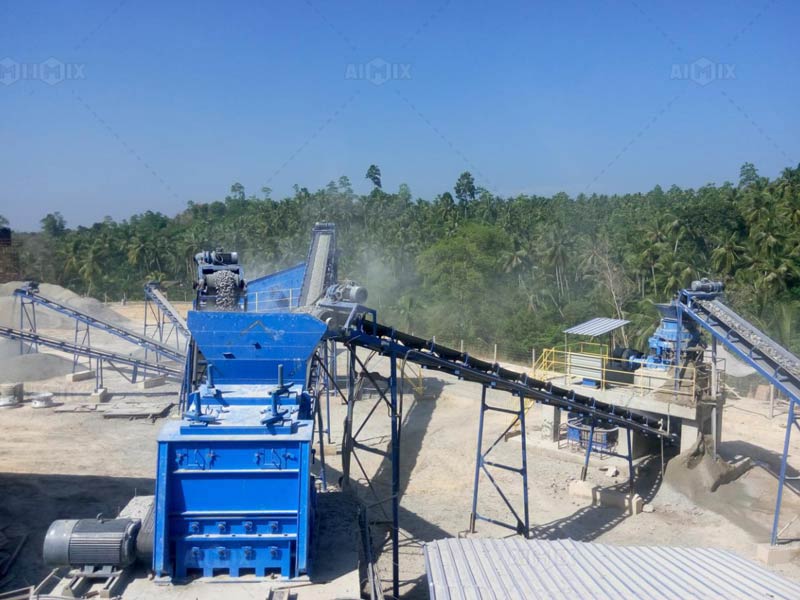
<h2>Accessibility and Infrastructure</h2>
Another crucial aspect of site selection is assessing the accessibility and existing infrastructure surrounding the potential quarry site. Proximity to transportation routes, such as highways, railways, or waterways, is essential for efficient distribution of the extracted materials. Easy access to these routes minimizes transportation costs and ensures timely delivery to customers.
The availability of utilities and services is also a key consideration. Access to electricity, water supply, and waste management facilities is vital for smooth plant operations. Additionally, the proximity to nearby towns or cities provides access to a skilled labor pool, facilitating recruitment and ensuring a sustainable workforce.
Before finalizing a site, it is essential to evaluate land and zoning regulations. Compliance with local regulations and zoning restrictions is crucial to avoid legal complications and ensure the long-term viability of the operation. Understanding land-use policies and obtaining necessary permits are fundamental steps in the quarry plants site selection process.
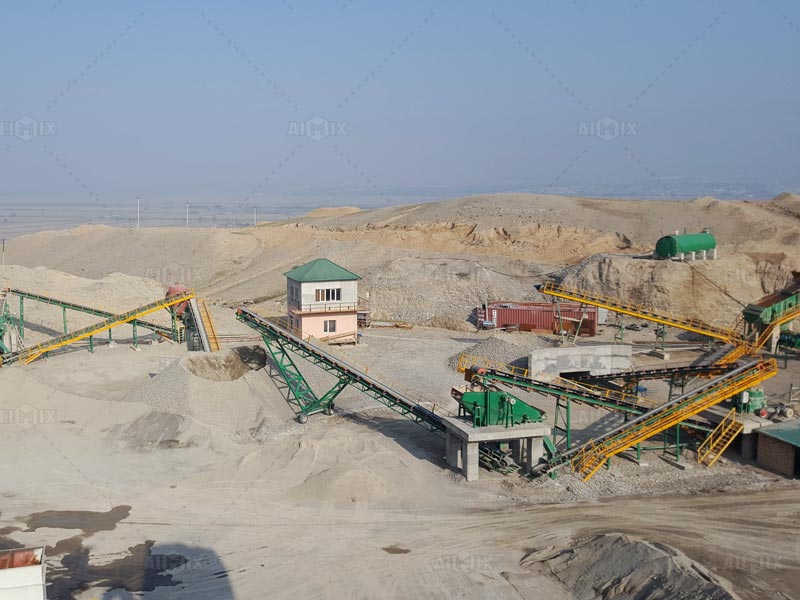
<h2>Environmental Impact Assessment</h2>
Environmental sustainability is a significant concern in modern quarry operations. Conducting an environmental impact assessment (EIA) is crucial to evaluate the potential environmental effects of the sand making plant. The EIA process helps identify potential impacts on air quality, water resources, flora, fauna, and nearby communities.
Based on the EIA findings, appropriate mitigation measures can be developed to minimize and manage the identified impacts. These measures may include dust suppression techniques, noise reduction measures, water management strategies, and rehabilitation plans for affected areas.
Furthermore, adherence to local environmental regulations is essential. Compliance with permits, regulations, and environmental standards demonstrates the commitment of the quarry operator to responsible and sustainable practices. It helps build trust with local communities and stakeholders, ensuring the long-term viability of the operation.
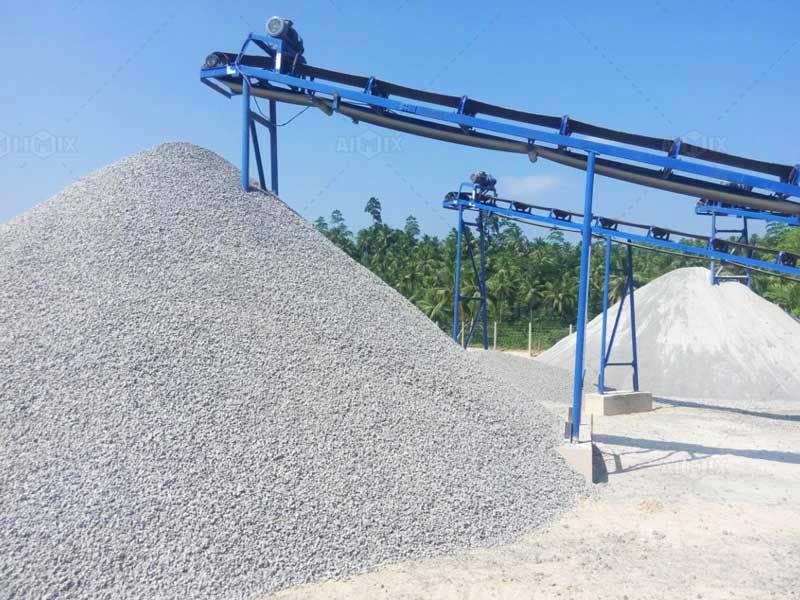
<h2>Conclusion</h2>
Selecting the optimal site for a quarry crushing plant requires a comprehensive evaluation of various factors. From geological considerations to accessibility, infrastructure, and environmental impact assessments, each aspect plays a crucial role in determining the success and sustainability of the operation.
By conducting thorough studies, analyzing the geological composition, assessing infrastructure availability, and evaluating environmental impacts, quarry operators can make informed decisions that maximize productivity while minimizing environmental footprints. With careful site selection, quarry crushing plants can operate efficiently, produce high-quality materials, and contribute positively to the communities and industries they serve. You can contact AIMIX’s engineers if you have any problems.
